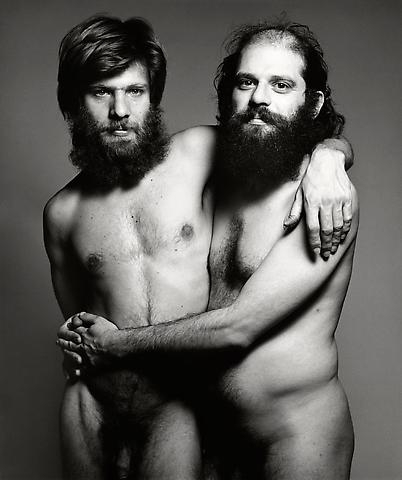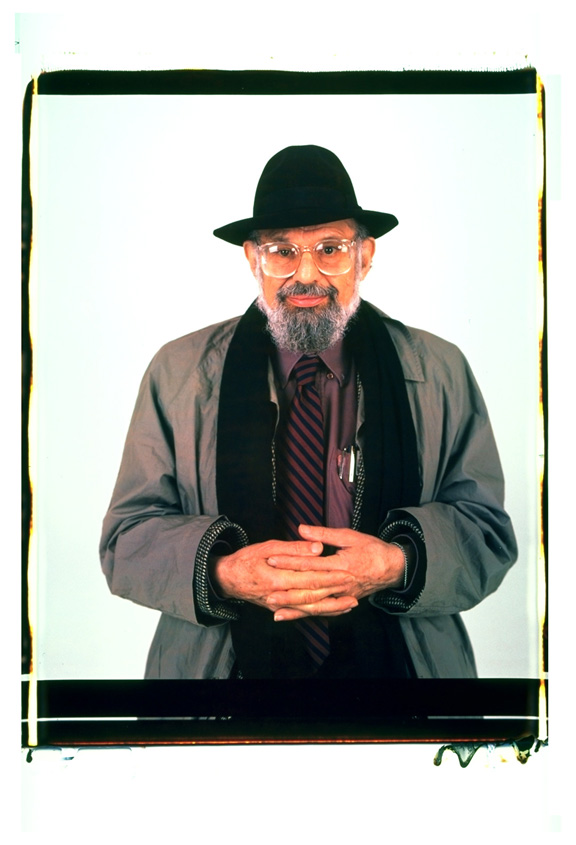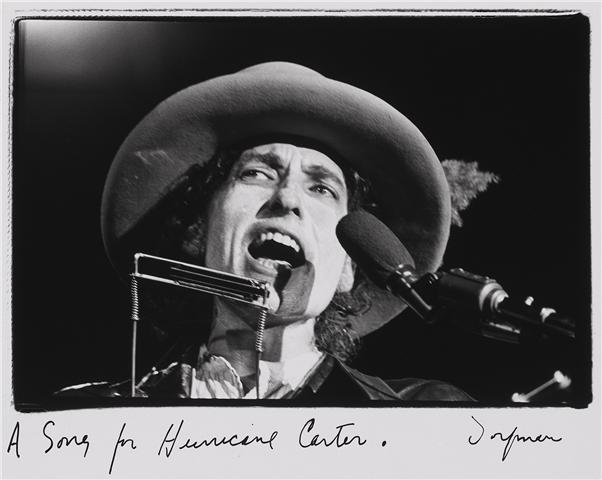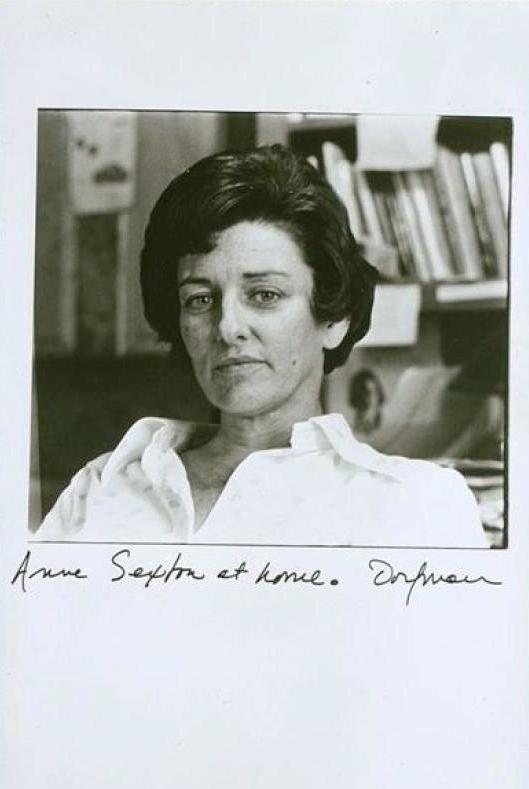CATHOLIC BOY
“I was born in a pool, they made my mother stand
And I spat on that surgeon and his trembling hand
When I felt the light I was worse than bored
I stole the doctor’s scalpel and I slit the cord
I was a Catholic boy,
Redeemed through pain,
Not through joy
I was two months early they put me under glass
I screamed and cursed their children when the nurses passed
Was convicted of theft when I slipped from the womb
They led me straight from my mother to a cell in the Tombs
I was a Catholic boy,
Redeemed through pain,
Not through joy
They starved me for weeks, they thought they’d teach me fear
I fed on cellmates’ dreams, it gave me fine ideas
When they cut me loose, the time had served me well
I made allies in heaven, I made comrades in Hell
I was a Catholic child
The blood ran red
The blood ran wild
I make angels dance and drop to their knees
When I enter a church the feet of statues bleed
I understand the fate of all my enemies
Just like Christ in the Garden of Gethsemane
I was a Catholic boy,
Redeemed through pain,
Not through joy
I watched the sweetest psalm stolen by the choir
I dreamed of martyrs’ bones hanging from a wire
I make a contribution, I get absolution
I make a resolution to purify my soul
I was a Catholic boy,
Redeemed through pain,
Not through joy
They can’t touch me now
I got every sacrament behind me:
I got baptism,
I got communion,
I got penance,
I got extreme unction
I’ve got confirmation
‘Cause I’m a Catholic child
The blood ran red
The blood ran wild!
Now I’m a Catholic man
I put my tongue to the rail whenever I can.”
Jim Carroll
James Dennis “Jim” Carroll (August 1, 1949 – September 11, 2009) was an American author, poet, autobiographer, and punk musician.
Carroll was born to a working-class family of Irish descent, and grew up on New York City’s Lower East Side. When he was about 11 (in the sixth grade) his family moved north to Inwood in Upper Manhattan where he attended Good Shepherd School. He was taught by the LaSalle Christian Brothers, and his brother in the sixth grade noted that he could write and encouraged him to do so. In fall 1963, he entered public school, but was soon awarded a scholarship to the elite Trinity School. He attended Trinity from 1964–1968.
 Carroll identified Rainer Maria Rilke, Frank O’Hara, John Ashbery, James Schuyler, Allen Ginsberg, and William S. Burroughs as influences on his artistic career.
Carroll identified Rainer Maria Rilke, Frank O’Hara, John Ashbery, James Schuyler, Allen Ginsberg, and William S. Burroughs as influences on his artistic career.
While still in high school, Carroll published his first collection of poems, Organic Trains. Already attracting the attention of the local literati, his work began appearing in the Poetry Project’s magazine The World in 1967. Soon his work was being published in elite literary magazines like Paris Review in 1968, and Poetry the following year. In 1970, his second collection of poems, 4 Ups and 1 Down was published, and he started working for Andy Warhol. At first, he was writing film dialogue and inventing character names; later on, Carroll worked as the co-manager of Warhol’s Theater. Carroll’s first publication by a mainstream publisher (Grossman Publishers), the poetry collection Living at the Movies, was published in 1973.
In 1978, after he moved to California to get a fresh start since overcoming his heroin addiction, Carroll formed The Jim Carroll Band, a new wave/punk rock group, with encouragement from Patti Smith, with whom he once shared an apartment in New York City, along with Robert Mapplethorpe. He performed a spoken word piece with the Patti Smith Group in San Diego when the support band dropped out at the last moment.
 The front cover photograph was taken by Annie Leibovitz
The front cover photograph was taken by Annie Leibovitz
The band was originally called Amsterdam, where they originally formed and were based in Bolinas, California. The musicians were Steve Linsley (bass), Wayne Woods (drums), Brian Linsley and Terrell Winn (guitars). They released a single People Who Died, from their 1980 debut album, Catholic Boy. The album featured contributions from Allen Lanier and Bobby Keys.
 Robert Downey Jim Carroll and James Spader, in Tuff Turf (Fritz Kiersch, 1985)
Robert Downey Jim Carroll and James Spader, in Tuff Turf (Fritz Kiersch, 1985)
In 1982 the song appeared in E.T. the Extra-Terrestrial (Steven Spielberg, 1982), from which Carroll received royalties until his death in 2009. The song also appeared in the 1985 Kim Richards vehicle Tuff Turf starring James Spader and Robert Downey Jr., which also featured a cameo appearance by the band, as well as 2004’s Dawn of the Dead. It was featured in the 1995 film The Basketball Diaries (based on Jim Carroll’s autobiography), and was covered by John Cale on his Antártida soundtrack. A condensed, 2-minute, version of the song was made into an animated music video by Daniel D. Cooper, an independent filmmaker/animator, in 2010. The song’s title was based on a poem by Ted Berrigan.
Later albums were Dry Dreams (1982) and I Write Your Name (1983), both with contributions from Lenny Kaye and Paul Sanchez. Carroll also collaborated with musicians Lou Reed, Blue Öyster Cult, Boz Scaggs, Ray Manzarek of The Doors, Pearl Jam, Electric Light Orchestra and Rancid.
To watch a clip related to this post, please take a gander at The Genealogy of Style’s Facebook page: https://www.facebook.com/pages/The-Genealogy-of-Style/597542157001228































































